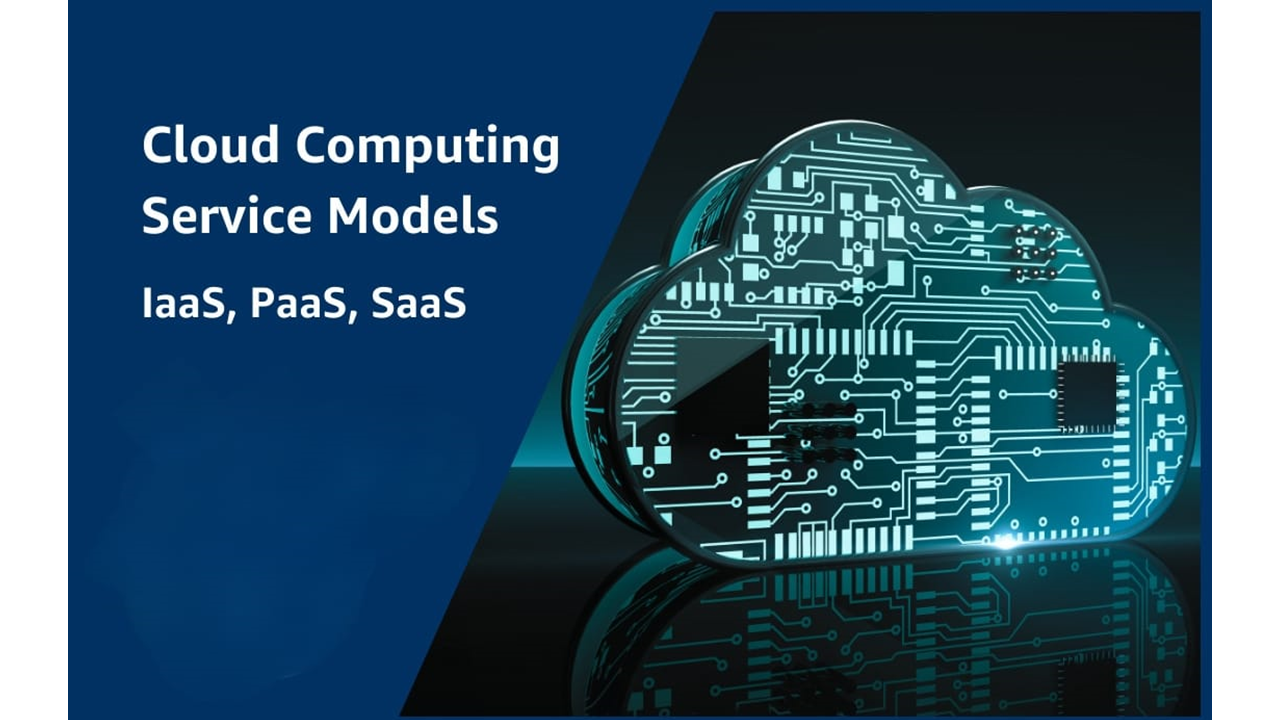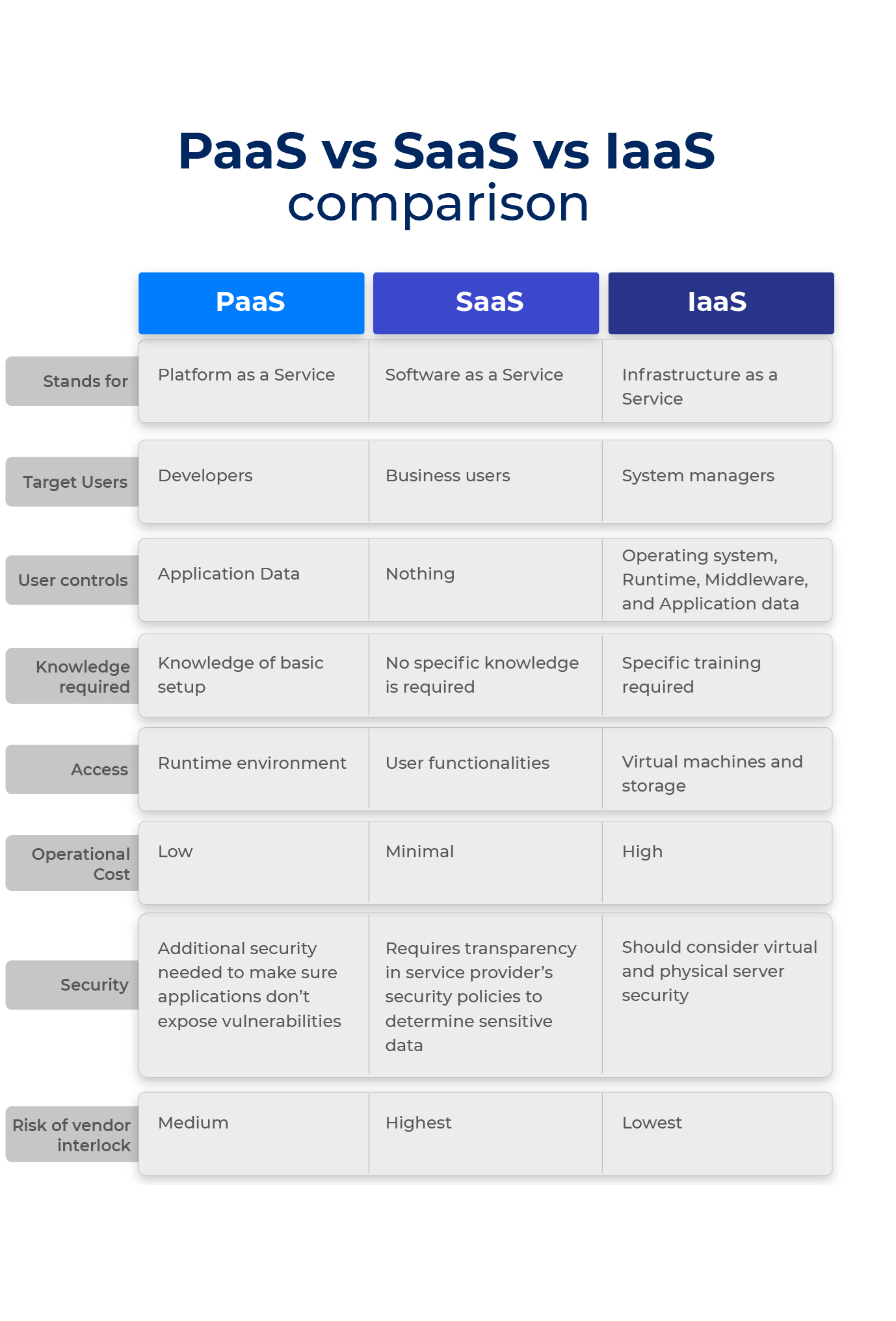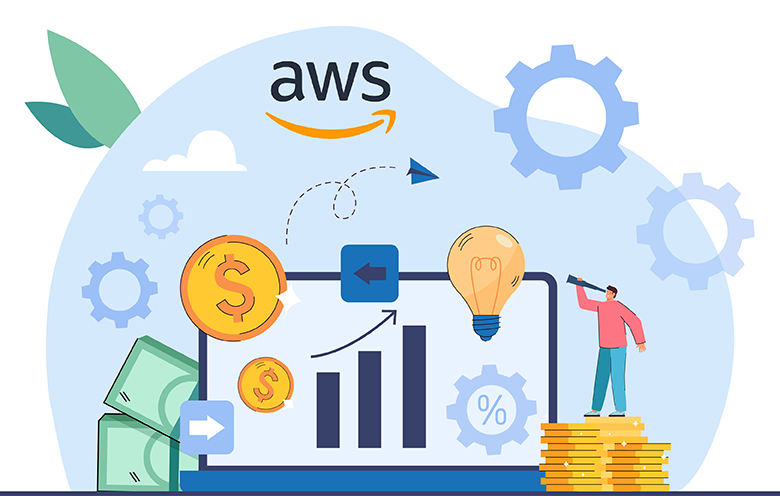Understanding Cloud Service Models (IaaS, PaaS, SaaS) and AWS Pricing Models
 sravani punreddy
sravani punreddy
Infrastructure as a Service (IaaS)
IaaS provides the fundamental building blocks of cloud computing, offering virtualized physical computing resources like servers, storage, and networking on-demand. With IaaS, businesses can rent IT infrastructure instead of buying and maintaining their own physical servers.
Key Features:
Virtual machines, storage, and networks.
Full control over the operating systems and applications.
Scalable and flexible for variable workloads.
Example:
AWS EC2 (Elastic Compute Cloud): Allows you to run virtual servers on-demand.
Azure Virtual Machines: Provides similar functionality within Microsoft Azure.
Use Case:
- Suitable for companies that want full control over the infrastructure, for instance, when building and managing custom applications.
Who Manages What:
Cloud Provider: Physical infrastructure (hardware, networking, etc.).
Customer: Operating systems, middleware, applications, and data.
2. Platform as a Service (PaaS)
PaaS provides a platform allowing developers to build, run, and manage applications without dealing with the underlying infrastructure. It gives you the software environment to develop apps quickly without worrying about server management, storage, or networking.
Key Features:
Pre-configured application environments.
Tools for development, testing, and deployment.
Scalable and simplifies the development process.
Example:
AWS Elastic Beanstalk: Automatically manages the deployment, load balancing, and monitoring of applications.
Google App Engine: Offers a fully managed platform for developing and hosting web apps.
Use Case:
- Best for developers who want to focus on writing code and building applications without managing infrastructure.
Who Manages What:
Cloud Provider: Infrastructure, operating systems, and application platform.
Customer: Application and data.
3. Software as a Service (SaaS)
SaaS delivers fully managed software applications to end users over the internet. With SaaS, users simply access the software via a web browser without needing to install, manage, or maintain any hardware or software.
Key Features:
Ready-to-use applications.
Automatic updates and maintenance handled by the provider.
Pay-as-you-go pricing models.
Example:
Google Workspace: Includes Gmail, Google Docs, Google Drive, etc., which are accessed via the cloud.
Salesforce: A comprehensive customer relationship management (CRM) platform.
Use Case:
- Ideal for businesses that want to use fully managed software without worrying about servers, updates, or IT management.
Who Manages What:
Cloud Provider: Everything – from infrastructure to applications.
Customer: Only needs to use the software.

AWS Pricing Models

Pay-As-You-Go: This is the most common model where you only pay for the resources you consume. It offers flexibility and allows businesses to scale up or down without upfront costs.
Reserved Instances: You can reserve instances for a one or three-year term with significant savings over the on-demand pricing model. Ideal for predictable workloads.
Spot Instances: AWS offers spare capacity at up to 90% discount, but it's based on availability, which makes it suitable for stateless or non-critical applications.
Savings Plans: AWS Savings Plans offer savings of up to 72% over on-demand pricing for one- or three-year commitments. It provides flexible savings for EC2 and other services.
Free Tier: AWS offers a free tier that provides limited access to services like EC2, S3, and RDS for one year, enabling users to explore AWS with no initial cost.
A Brief History of AWS
Amazon Web Services (AWS) revolutionized cloud computing when it launched in 2006. Here are some key milestones in its evolution:
2006: AWS launched with Amazon S3 (Simple Storage Service) and EC2 (Elastic Compute Cloud), setting the stage for cloud infrastructure as a service.
2009: AWS introduces Elastic Load Balancing (ELB) and Auto Scaling, enabling businesses to build scalable architectures.
2014: AWS Lambda was launched, marking a shift toward serverless computing.
2015: Amazon introduces its own database services with Aurora and Redshift, offering scalable database solutions.
2020: AWS reaches $45 billion in revenue, showing the dominance and importance of cloud computing across industries.
Today, AWS offers over 200 fully featured services from data centers globally, serving millions of customers from startups to enterprise giants.
Subscribe to my newsletter
Read articles from sravani punreddy directly inside your inbox. Subscribe to the newsletter, and don't miss out.
Written by
